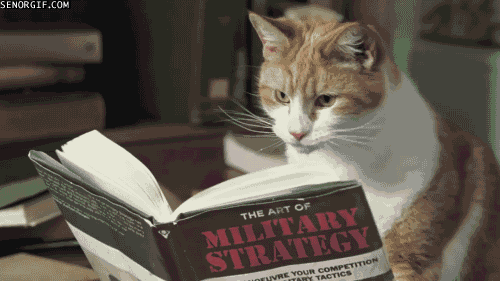## Life without ObserversLet’s say you need to listen to changes in a model's attributes and trigger some events based on those changes. If you look at the following example, I’ve done exaclty that. If the status of application is changed an email is sent.
class User < ActiveRecord::Base
after_save :email_confirmation
def open?
status == 'Open'
end
def closed?
status == 'Closed'
end
def pending?
status == 'Pending'
end
def email_confirmation
if status_changed?
ApplicationMailer.closed_notification(self) if closed?
ApplicationMailer.open_notification(self) if open?
ApplicationMailer.pending_notification(self) if pending?
end
end
endThe above piece of code violates the Single Responsibility Principle, which states that each class should have “only one responsiblity”. The User model should only deal with saving and manipulating the application object. Sending emails is not part of it’s responsiblity.
## ActiveRecord::ObserversWe can delegate the responsibility of observing changes in model attributes and responding to those changes, to a separate Observer class. Model specific event handling is much cleaner this way. This way, we can refrain from polluting the model by adding not un-necessary methods.
class UserObserver < ActiveRecord::Observer
def after_save(appl)
if status_changed?
ApplicationMailer.closed_notification(appl) if appl.closed?
ApplicationMailer.open_notification(appl) if appl.open?
ApplicationMailer.pending_notification(appl) if appl.pending?
end
end
endYou can read more about the Observer Design Patterns.

Note
1. Observer names are inferred form the model names. So if you name your observer as
ApplicationObserver, rails knows that it’s observing theApplicationmodel.2. Your observers need not be model specific. SRP states that “Responsibility should be entirely encapsulated by the context”. So by this definition you can have a single observer which listens to changes in multiple models and perfom a single function say, sending an email or publishing a notification. To acomplish this you can use the
ActiveRecord::Observer.observemethod.3. Place your observers in
app/modelsorapp/models/observers.4. Finally, Observers have been Removed form the rails core after
Rails 3.2. You need to include therails-observers gemto useobserversin laterrailsversions.

Comments